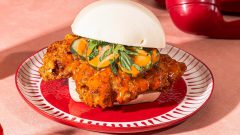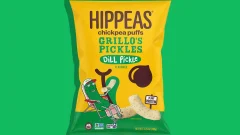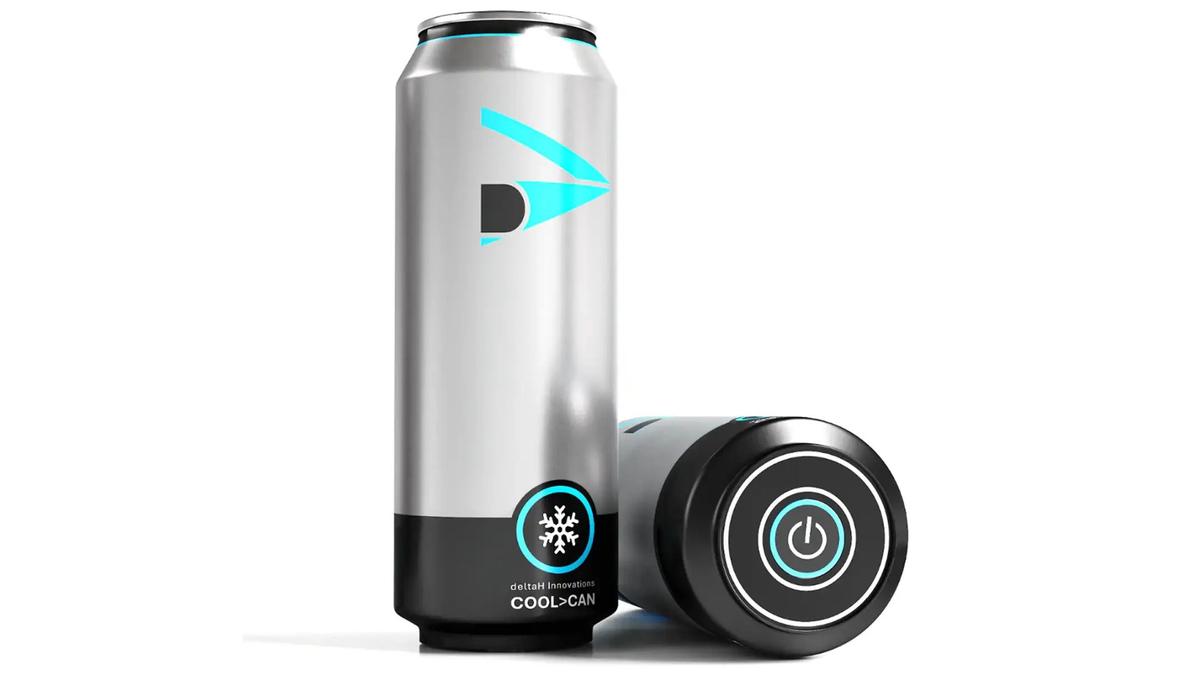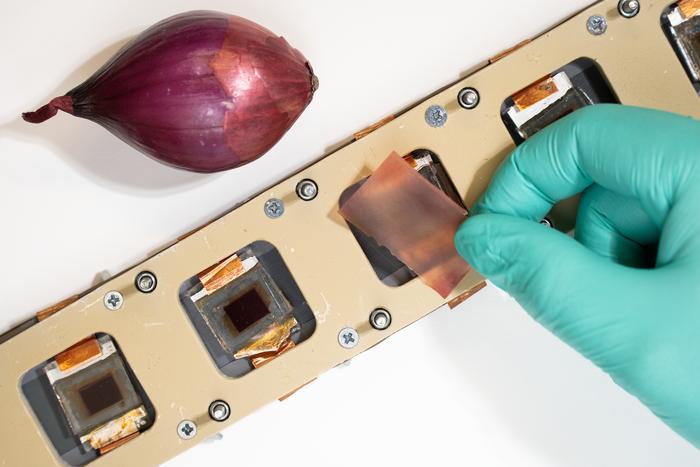These Everyday Foods Have Poisons In Them, And We’re Still Fine
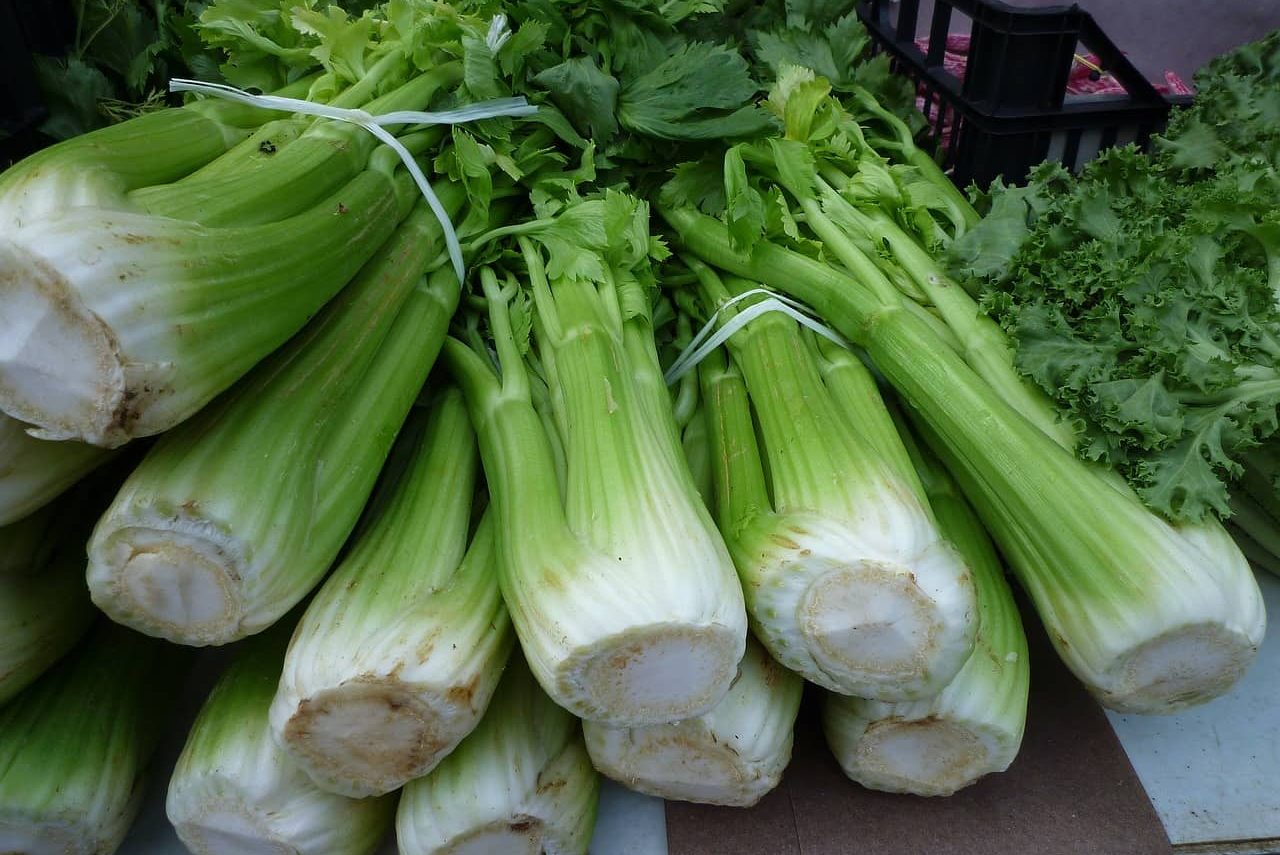
As a food scientist, one of the things that grinds my gears is how people approach food toxins. Everybody freaks out over acrylamide in coffee and french fries, phthalates in boxed mac and cheese or other “dangerous compounds lurking in our foods.”
However, we all sleep on the ones that are inside what we eat by nature.
Many of the everyday foods we eat, like eggs, celery, and apples, have developed their own biological defense systems. In most cases, that involves some natural poison that is affecting us in some way, whether we realize it or not.
In some instances, those toxins are at higher levels than any of the carcinogens that we all tend to discuss. Despite our regular consumption, though, we carry on in life, mostly unaffected.
For those wondering how this is possible, you gotta turn to Paracelsus — The “Father of Toxicology.”
“All things are poisons, for there is nothing without poisonous qualities,” he says. “It is only the dose which makes a thing poison.”
It’s still important to know what’s potentially toxic inside your everyday foods. Whether it be those or acrylamide, though, just remember that how much you eat matters more than exactly what you eat.
Celery

I know what you’re thinking. “Celery is one of the few foods out there that requires more calories to eat than you get out of it, it has to be healthy!” I mean, yes, it still is, it’s just that too much of it means you’ll be ingesting a lot of a toxin called psoralens. You’ll be able to tell when that happens because of a sunburn-like skin condition you’ll develop. Avoiding UV light for a few hours (and laying off the celery overconsumption), though, should help.
Eggs

Eggs are great sources of protein and other health-beneficial compounds, but they can be restrictive in one area. A particular protein inside called avidin can bind to Vitamin B7 (aka biotin) and prevent your body from getting a significant amount of that nutrient. This can be reduced by cooking your egg whites, though, so avoiding the Rocky Balboa diet is a good way to keep this to a minimum.
Soybeans

Raw soybeans have a number of antinutrients inside of them, one of the key ones being phytic acid. It can limit the amount of zinc, vitamin D, and iron your body can get from food. This can be limited, though, by a number of methods, including heating and soaking the soybeans. So eating something like tofu over straight soybeans means you lose less nutrients.
It should be noted, however, that phytic acid is also a key source of phosphorous that our body needs. Goes to show that it really is all about balance and dosage, like Paracelsus said.
Licorice

There was a woman who ate roughly 4 pounds of licorice a week that got a heart attack. Turns out an active compound inside called glycyrrhizic acid was causing the loss of essential potassium from her body that induced the cardiovascular episode. As much as 100 grams of licorice a day can lead to this, according to follow-up research, but the symptoms abate as you eat less of it.
Sea Bass

Sea bass is one of several fish that we eat that can lead to something called ciguatera fish poisoning (barramundi being another example). It’s caused by the build up of a toxin produced by microalgae that the fish (or their prey) eat. It’s harmless to fish, but it can’t be destroyed by cooking and can cause nausea and vomiting in humans. A unique symptom is a sort of “heat reversal” sensation, where hot things feel cold and vice versa. All of these symptoms are treatable, but can last for a while if left alone. Research is still scant on this toxin, but eating small pieces of several different fish has been suggested as a solution.
Apples

Apples actually have a couple of different potential toxins to worry about. The seeds are high in amygdallin, a precursor to a neurotoxin called hydrogen cyanide. That compound can be fatal, so it’s best to avoid eating the seeds.
Mold growth on apples from a couple of different species can result in the formation of patulin, a potential carcinogen. It’s pretty rare to get, though, especially with the strict limits set on it by the FDA for apple and apple products (ie. juice and cider).
Kidney Beans

If you’re cooking with canned kidney beans, there’s virtually no problem here, since the poisoning issue with these comes from when they’re undercooked. Proper heating destroys lectins, a group of compounds that keep your intestines from absorbing nutrients properly. Those that prefer to cook from a dry bean should take note and ensure their beans are tender to keep lectins from having any effect.
Strawberries

Strawberries, along with kale, cabbage, and other produce, contain a series of goitrogens that inhibit your intake of iodine. Iodine deficiencies may lead to the formation of goiters (hence, the name). But with the amount of iodized salt in the United States today, this has barely ever surfaced as an issue.
Almonds

Like apple seeds, almonds are also a source of amygdalin, which can lead to the formation of hydrogen cyanide. The almonds you find in stores, though, should be okay, since there is too little amygdalin inside of them to have any effect. You do want to watch out for wild bitter almonds, which have significantly higher amounts of the toxin inside.
Tuna

Tuna is naturally high in histamine, and this can result in something known as scombroid fish poisoning. Symptoms tend to mimic that of an allergic reaction, so the two are often confused. This toxicity most often occurs with fish that is spoiled or not refrigerated properly, which allows the histamines to build up.
While many of the above toxins in our everyday foods may sound scary, actually getting the symptoms tends to be rare. You either need to eat a lot over time, a lot at once, or not be storing your food properly. Again, as Paracelsus said, the toxicity is all about the dose. That goes for acrylamide and all the other commonly discussed substances as well.

